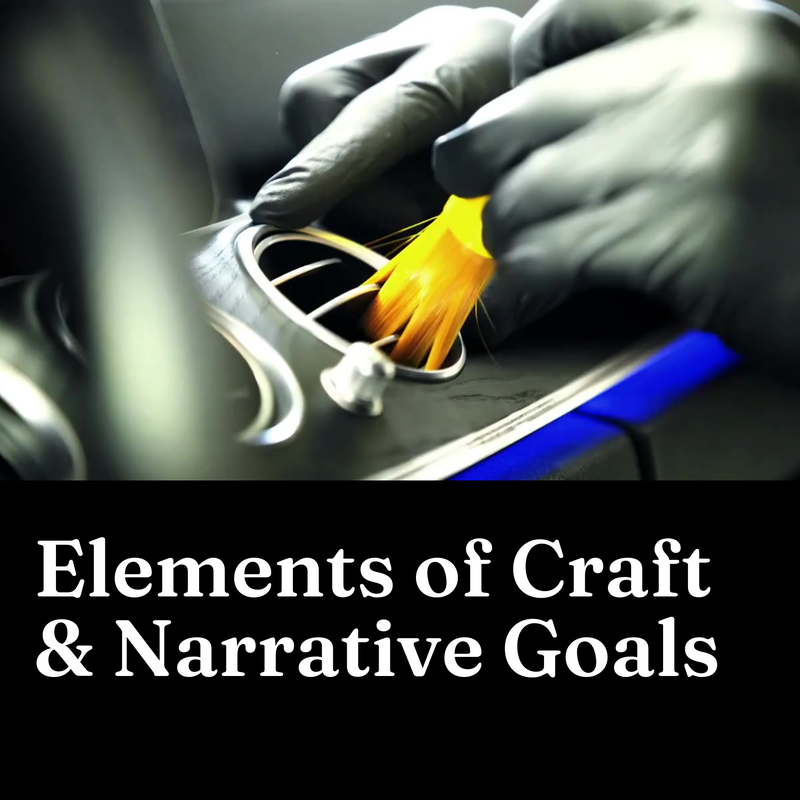

Multimedia ELA, Social Studies & STEM Lessons | Study Guides | Explainer Videos | Slideshows | Infographics & Anchor Charts | Professional Development Resources for Educators
Curriculum Writing & Design
Multimedia Study Guides | Explainer Videos | Slideshows

Curriculum Writing, Design, Product Description & Social Content
Multimedia ELA & STEM lessons | Study Guides | Explainer Videos | Slideshows | Infographics | Online Learning Opportunities | Printed Student Anthologies | High School Social Studies & Natural History Teaching Resources



Preview the teaching resources below, along with over 200 more on TeachersPayTeachers.

Revision strategy explainer videos I scripted, produced, and integrated into a series of multimedia writing units for middle-grade students. Click the video's YouTube link to get to my channel.


Printed Anthologies of Student Work | Editing | Layout | Design | Publication Coordination

